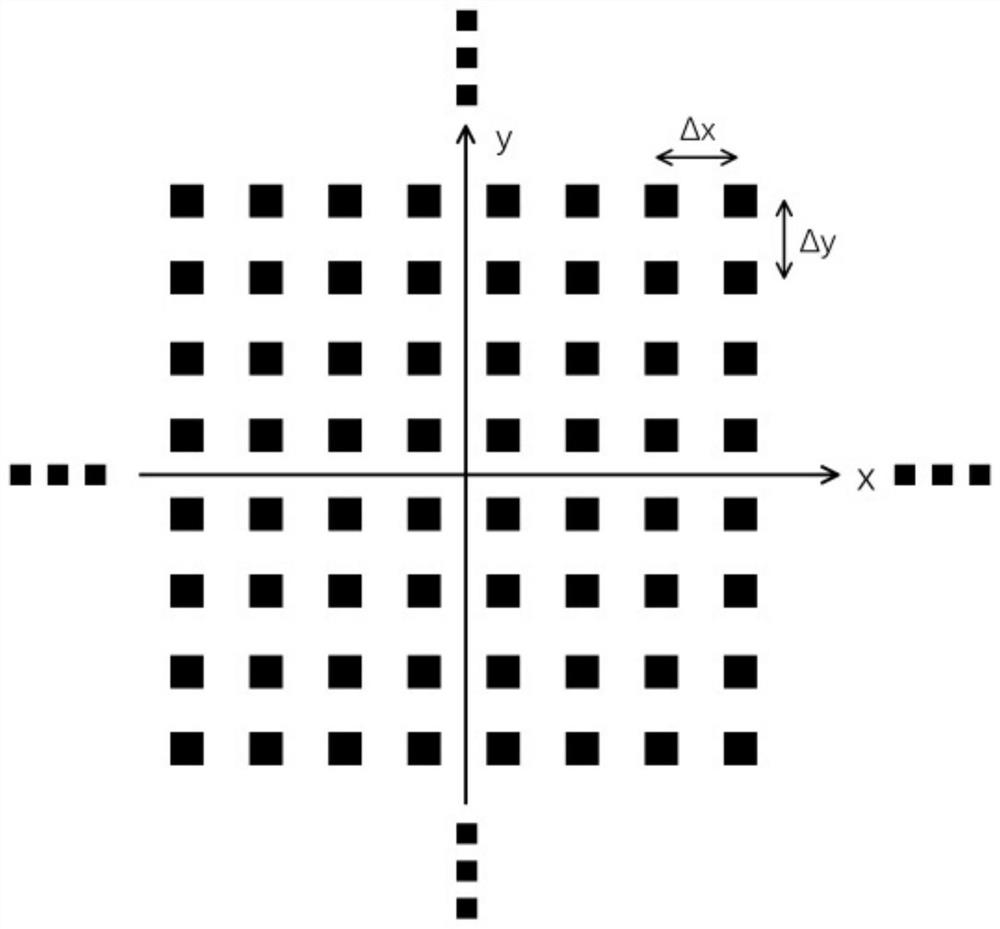Satellite-borne iGNSS-R height measurement precision evaluation method
An accuracy evaluation, on-board technology, applied in the field of satellite altimetry
- Summary
- Abstract
- Description
- Claims
- Application Information
AI Technical Summary
Problems solved by technology
Method used
Image
Examples
Embodiment Construction
[0068] In order to make the object, technical solution and advantages of the present invention clearer, the embodiments disclosed in the present invention will be further described in detail below in conjunction with the accompanying drawings.
[0069] When the iGNSS-R (interferometric Global Navigation Satellite System Reflectometry) altimetry satellite receives the direct and reflected signals through the digital multi-beam phased array antenna, the taper of the feed will cause the scanning loss of the directivity coefficient. If this factor is ignored, the iGNSS-R measurement High-precision evaluation will produce bias, which in turn will cause wrong reference to load design.
[0070] The directivity coefficient is an important parameter that affects the high-precision estimation of iGNSS-R measurement. The directivity coefficient scanning loss error model can more accurately estimate the directivity coefficient of the up / down-looking antenna of the iGNSS-R altimeter at diff...
PUM
 Login to View More
Login to View More Abstract
Description
Claims
Application Information
 Login to View More
Login to View More - R&D
- Intellectual Property
- Life Sciences
- Materials
- Tech Scout
- Unparalleled Data Quality
- Higher Quality Content
- 60% Fewer Hallucinations
Browse by: Latest US Patents, China's latest patents, Technical Efficacy Thesaurus, Application Domain, Technology Topic, Popular Technical Reports.
© 2025 PatSnap. All rights reserved.Legal|Privacy policy|Modern Slavery Act Transparency Statement|Sitemap|About US| Contact US: help@patsnap.com



